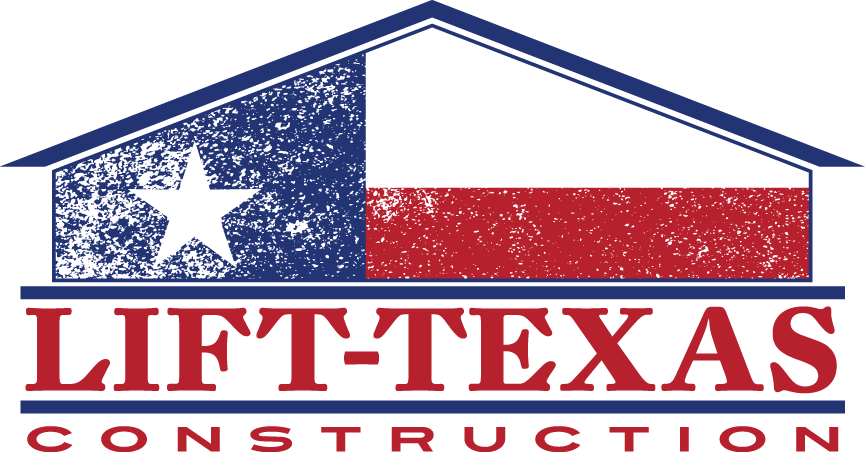Foundation issues can be a serious concern for homeowners. Recognizing the signs early can help you take action before the problem gets worse. One way to spot foundation problems is to look for visible cracks in your walls and ceilings. These cracks can start small but grow bigger over time, indicating that the foundation is shifting. It’s important to pay attention to both vertical and horizontal cracks, as they can signal different types of damage.
Another common sign of foundation trouble is when doors and windows start to stick or become hard to open and close. This happens because the shifting foundation causes the frames to become misaligned. You might also notice gaps around these openings, which can let in drafts and make your home less energy-efficient. Fixing these issues early can save you from more extensive repairs down the road.
Uneven or sloping floors are another red flag. If your floors are no longer level, it can create tripping hazards and make it difficult to place furniture. This unevenness is usually a sign that the foundation is settling unevenly. Finally, regular inspections can help you catch these issues early. Even simple checks can make a big difference in keeping your home safe and sound.
Visible Cracks in Walls and Ceilings
One of the most telling signs of foundation problems is visible cracks in your walls and ceilings. These cracks often start small, maybe just a hairline at first, but can grow larger if left unchecked. Small cracks might not seem like a big deal, but they can indicate that your foundation is shifting or settling unevenly. This can lead to structural issues if not addressed promptly.
Not all cracks are the same. Vertical cracks are generally less concerning than horizontal or zigzag patterns. Vertical cracks often occur due to normal settling and might not require immediate attention. However, horizontal cracks can be a sign of more serious issues, such as soil pressure against the foundation walls. It’s important to note both the size and direction of the cracks and monitor them over time. If you notice any widening or new cracks forming, it’s a good idea to get a professional inspection to determine the underlying cause and necessary repairs.
Doors and Windows That Stick
Another common indicator of potential foundation problems is when your doors and windows begin to stick or won’t open and close smoothly. This happens because the shifting foundation can distort the frames, making them uneven. Doors may become difficult to latch, and windows may be hard to slide open or shut. You might also notice gaps at the top or bottom of the frames, indicating that they are no longer square.
To check if your doors and windows are affected, try opening and closing them several times to see if they stick at any point. Pay attention to any unusual resistance or gaps that weren’t there before. You can also use a level to check if the frames are still aligned. Misalignment not only affects the door and window operation but can also lead to drafts, reducing your home’s energy efficiency. It’s important to address these issues early to prevent further damage and ensure your home stays safe and comfortable.
Uneven or Sloping Floors
Uneven or sloping floors can be a major clue that there’s a problem with your foundation. When you walk through your home and notice that certain areas feel unsteady or tilted, it’s likely due to the foundation settling unevenly. This issue can occur when the soil beneath your home shifts or erodes, creating gaps that cause parts of the foundation to sink.
These uneven floors can lead to various problems. For one, they can create tripping hazards, making your home less safe for everyone. Additionally, sloping floors can make it difficult to arrange furniture and appliances properly. In some cases, you might even notice gaps between the floor and the baseboards, which can be telltale signs of foundation issues. If you notice these signs, it’s crucial to address them promptly to prevent further damage.
Inspection Tips for Homeowners
Regular inspections can help you catch foundation problems early. Here are a few simple tips to get you started:
1. Look for Cracks: Check your walls and ceilings for any new or growing cracks. Pay special attention to areas around doors and windows, as these are common spots where cracks can appear.
2. Test Doors and Windows: Open and close all the doors and windows in your home. If they stick or don’t fit properly in their frames, it could be a sign of foundation issues.
3. Check the Floors: Walk through your home and feel for any uneven or sloping areas in the floors. Use a level if necessary to identify any significant differences in height.
4. Examine the Exterior: Don’t forget to inspect the outside of your home. Look for cracks in the foundation itself and check for any signs of soil erosion or water pooling around the foundation.
By following these tips, you can identify potential foundation problems early and take action to fix them before they become severe. Regular inspections can save you time, money, and stress in the long run.
Conclusion
Foundation issues can create a host of problems in your home, from minor inconveniences to major structural risks. By recognizing the signs of trouble, such as visible cracks in walls and ceilings, sticking doors and windows, and uneven floors, you can address these issues before they escalate. Regular inspections are a key step in maintaining the safety and integrity of your home.
If you notice any of these warning signs, don’t delay in seeking professional help. At Lift-Texas Construction, we specialize in foundation repair and concrete leveling, ensuring your home remains safe and secure. Give us a call to discuss how we can help lift your home to a new level of stability and peace of mind.

